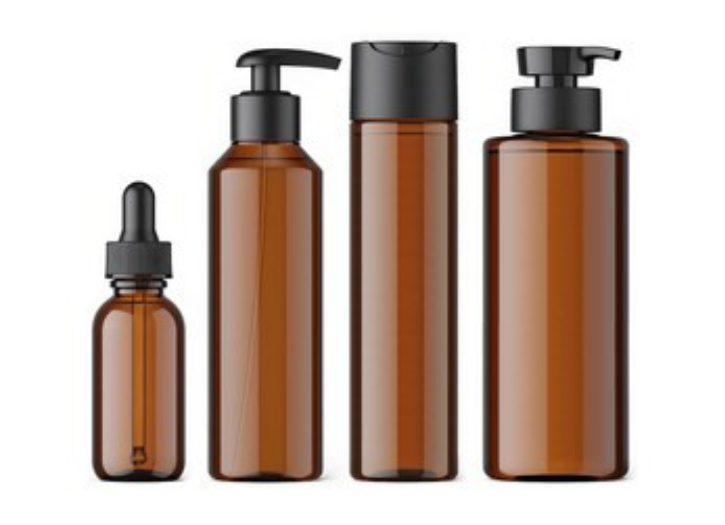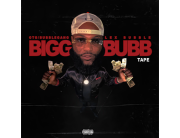Dry shampoo can be administered as a powder, where all the ingredients of dry shampoo are combined together and applied to the scalp with the hand.
Homemade dry shampoo
This product has also been made at home, in addition to being purchased in stores. DIY dry shampoos usually have some sort of starch base, which is one of the key products in commercially produced dry shampoos, and often contains essential oils for scent.
Herbal powder shampoo
Herbal powder shampoos are another form of dry shampoo. As a natural hair-care product, they tend to have fewer negative side effects than traditional mass-market shampoos, and contain a dry powder mixture of aloe vera and other plant byproducts to reduce skin, eye, and scalp irritation from surfactants.
Clay
Clay has been used throughout history as a form of dry shampoo. The Rhassoul clay, also known as red clay, originating from Morocco is traditionally used as a leave-in shampoo and conditioner. Due to its high absorbance of sebum, clay is often used as a remedy for dandruff and seborrhea. Such properties of clay stem from its colloidal particle size and crystalline structure. Even though clay is generally considered to be a natural non-toxic material, it should not be stored in metal containers due to its retention of heavy metals.
The product is applied to the scalp or roots of the hair, either through aerosol form or directly applying the powder, the powder within the product is allowed to sit on the hair for an extended period of time, and then the powder is massaged or brushed through the scalp. Allowing the product to sit in the hair before brushing it out allows more time for the product to absorb the sebum oils in the hair and brushing out the product would reduce the powder’s potentially noticeable appearance.
- Apply dry shampoo to specific oily areas.
- If using an aerosol dry shampoo, hold the can at least 6 inches away from the application area.
- Once applied, evenly distribute the dry shampoo by either massaging the scalp or brushing through the hair.
- Avoid spraying ends of hair from excessive drying.
- Do not use for more than two days in a row
Potential side effects
- Hair loss from inflamed hair follicles due to blockage.
- Respiratory toxicity: Talc is often present in dry shampoos as an absorbent which can lead to respiratory issues.
- Allergies: There is often the use of fragrances in dry shampoos which may cause allergies or sensitivities.
- Dermatitis caused by fragrances and potential metals from dry shampoo.
- Nausea caused by liquefied petroleum gas.
- Hormone disruption resulting from the inclusion of parabens as a preservative.
- Eye irritations should the product accidentally be administered to the eye.
- Fungal growth from the build up of chemical powders and pollutants.
- Breakouts (acne) from the blockage of pores from dry shampoo residues.
- Flammable if the product contains butane, isobutane, or propane in the spray propellant.
Photo Credit: Shutterstock







Add Comment